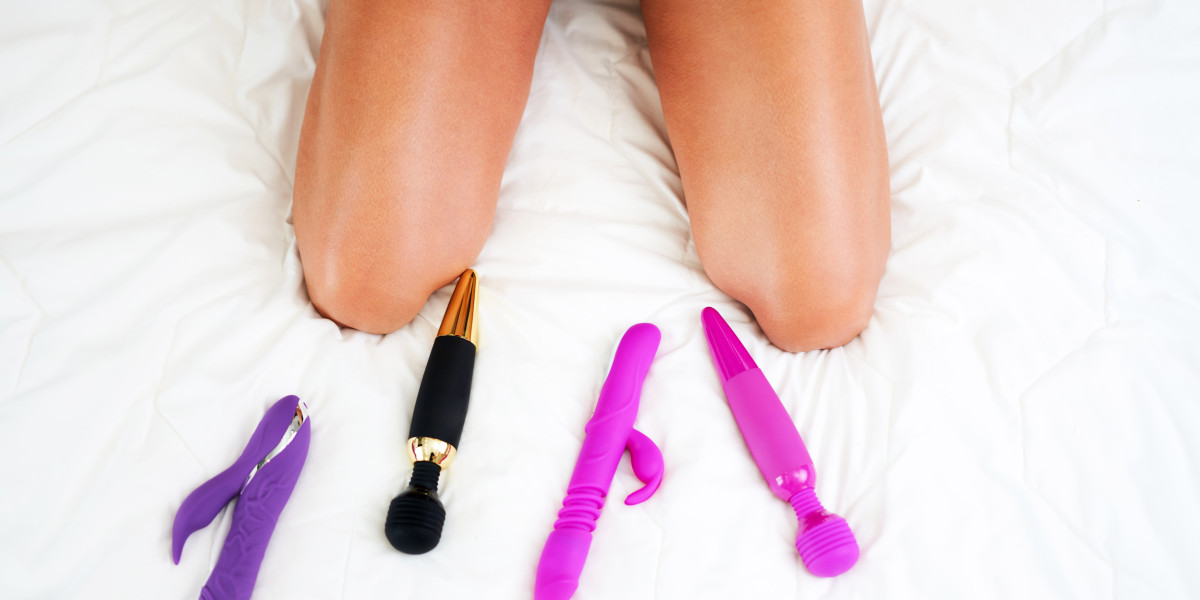In the field of addiction recovery, medication-assisted treatment (MAT) has become a cornerstone of modern rehabilitation programs. One of the most effective and innovative medications used today is How Long Does Sublocade Stay In Your System? an extended-release injection designed to support individuals recovering from opioid dependence. However, one of the most frequently asked questions among patients and healthcare professionals alike is: How long does Sublocade stay in your system?
Understanding how long Sublocade remains active in the body is essential for anyone undergoing or considering treatment. It not only provides insight into how the medication works but also helps patients manage expectations during their recovery journey. This comprehensive guide explores the duration, metabolism, effects, and medical significance of Sublocade, using a professional and evidence-based perspective.
What Is Sublocade and How Does It Work?
Sublocade is a long-acting injectable medication that contains buprenorphine, a partial opioid agonist. It is designed to treat opioid use disorder (OUD) by reducing cravings and withdrawal symptoms that often lead to relapse. Unlike oral buprenorphine medications such as Suboxone, Sublocade is administered as a monthly injection under the skin by a healthcare provider.
Once injected, Sublocade forms a solid gel-like depot under the skin that gradually releases buprenorphine into the bloodstream over a period of approximately 30 days. This slow and consistent release maintains a stable level of the medication, preventing fluctuations that can trigger cravings or discomfort.
Buprenorphine in Sublocade binds to the same brain receptors as opioids such as heroin, oxycodone, or fentanyl, but it activates them only partially. This controlled activation suppresses withdrawal symptoms without producing the euphoric effects that contribute to addiction. As a result, patients experience stability and a sense of normalcy while focusing on psychological and behavioral aspects of recovery.
How Long Does Sublocade Stay In Your System?
Sublocade remains in the body for a prolonged period due to its extended-release formulation. On average, Sublocade stays in your system for between 43 to 60 days after administration. However, the duration may vary depending on individual factors such as metabolism, body composition, and treatment history.
Half-Life of Sublocade
The half-life of buprenorphine in Sublocade ranges from 43 to 60 days. This means that it takes about one and a half to two months for half of the medication to be eliminated from the body. Because of this long half-life, it can take five to six months for Sublocade to be completely cleared from your system after the final injection.
Detection in Drug Tests
Buprenorphine and its metabolites can be detected in various types of drug tests for extended periods:
Urine tests: Up to 2–6 months after the last injection
Blood tests: Up to 2–3 months
Saliva tests: Up to several weeks
Hair follicle tests: Up to 9 months or longer
These durations are general estimates and can differ depending on dosage, individual physiology, and testing sensitivity.
Factors That Influence How Long Sublocade Stays in the Body
The elimination of Sublocade from your system depends on several physiological and lifestyle factors. Some of the most significant include:
Dosage and Frequency of Injections: Higher doses and longer durations of use lead to greater accumulation of buprenorphine in the body, extending the time it takes to fully clear.
Metabolism: Individuals with faster metabolic rates tend to process and eliminate drugs more quickly.
Body Composition: Since buprenorphine is lipophilic (fat-soluble), it can remain stored in body fat for an extended period, particularly in those with higher body fat percentages.
Liver Function: The liver plays a major role in metabolizing buprenorphine. Patients with impaired liver function may retain the drug longer.
Age and Overall Health: Older adults or those with compromised organ function may experience slower clearance rates.
Understanding these factors helps healthcare professionals tailor treatment schedules and plan safe tapering strategies when discontinuing Sublocade.
Why Sublocade Lasts So Long
The long acting nature of Sublocade is intentional and beneficial for treatment. The medication is designed to provide consistent therapeutic effects throughout the month without requiring daily dosing. This sustained release helps prevent relapse by maintaining stable buprenorphine levels and minimizing the peaks and troughs associated with oral medications.
Furthermore, because Sublocade is administered by a licensed medical professional, it eliminates the potential for misuse or accidental overdose that sometimes occurs with oral medications. Its steady release mechanism supports long-term stabilization and enhances adherence to recovery programs.
What Happens When You Stop Taking Sublocade
When Sublocade treatment is discontinued, buprenorphine levels in the body decline gradually over several months. This slow tapering effect significantly reduces the risk of withdrawal symptoms, unlike abrupt cessation of short-acting opioids or oral medications.
However, some individuals may still experience mild withdrawal effects depending on how long they were on treatment and their physical dependency levels. These may include restlessness, muscle aches, anxiety, and difficulty sleeping. For this reason, it’s crucial to stop Sublocade only under professional supervision, as healthcare providers can manage symptoms and support the transition safely.
Medical and Therapeutic Benefits of Sublocade
Sublocade offers numerous advantages that make it an exceptional choice for individuals seeking long-term recovery from opioid addiction:
Once-Monthly Administration: Eliminates the need for daily medication management and reduces the risk of missed doses.
Reduced Cravings and Withdrawal Symptoms: Provides steady medication levels that suppress opioid urges.
Lower Risk of Misuse: Because it’s administered in a controlled medical environment, patients cannot self-administer or misuse the medication.
Improved Treatment Compliance: Encourages consistent adherence, which is critical for lasting recovery.
Enhanced Quality of Life: By stabilizing brain chemistry and reducing cravings, patients can focus on rebuilding their lives, careers, and relationships.
Potential Side Effects and Safety Considerations
Although Sublocade is generally well-tolerated, it may cause certain side effects, especially during the initial phase of treatment. Common side effects include:
Pain or redness at the injection site
Headache
Nausea and vomiting
Constipation
Fatigue
Dizziness
More serious side effects are rare but may include liver function changes, allergic reactions, or difficulty breathing. It’s essential to communicate any adverse effects to your healthcare provider immediately.
Why Professional Medical Supervision Matters
Because Sublocade remains in the body for several months, its administration and discontinuation should always be handled by qualified medical professionals. Improper use or early termination can lead to complications, including withdrawal or relapse. A licensed addiction specialist will design a comprehensive treatment plan that integrates Sublocade with therapy, counseling, and lifestyle interventions to maximize success.
Conclusion
So, how long does Sublocade stay in your system? The answer lies in its extended-release formulation and the body’s natural metabolic processes. On average, Sublocade remains active for 43 to 60 days, and traces can be detected for up to six months or more. This long acting profile ensures steady, reliable treatment for individuals recovering from opioid addiction.
Sublocade’s unique design allows patients to maintain stability, minimize cravings, and focus on rebuilding their lives without the constant worry of daily medication. When combined with behavioral therapy and professional support, it serves as one of the most effective solutions for sustained recovery.
If you or someone you know is struggling with opioid dependency, consulting a certified addiction specialist or Atlanta Detox Center can help determine whether Sublocade is the right treatment option. With professional guidance, structured care, and ongoing support, lasting recovery is not just possible it’s within reach.







